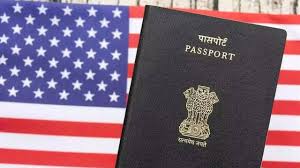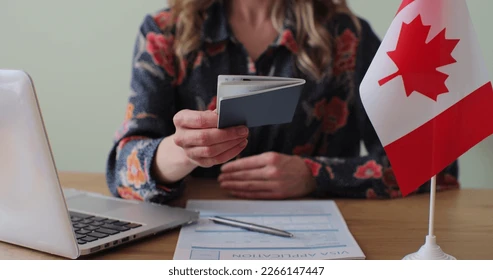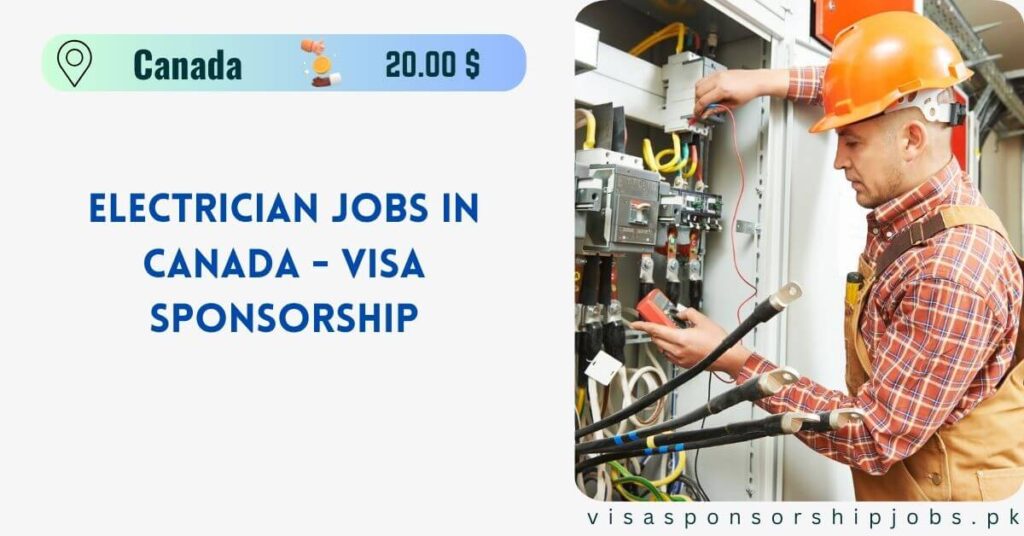The process of traveling to the United States can be a complex journey filled with numerous regulations, procedures, and paperwork. For many travelers, obtaining a visa is a standard part of the process, ensuring that they meet the necessary requirements to enter the country. However, there are certain situations where individuals may be eligible to travel to the U.S. without a visa, under what is often referred to as “No Protocol Visa” or through specific visa exemption programs. Understanding the nuances of these protocols can help travelers navigate their way to the U.S. more efficiently and with fewer obstacles.
This essay will delve into the concept of traveling to the U.S. without a visa, exploring the various programs and agreements that allow for such travel. We’ll discuss the Visa Waiver Program (VWP), visa exemption agreements, travel through diplomatic and official channels, and other circumstances where travelers may not require a visa to enter the United States. Additionally, we’ll touch on the implications, advantages, and limitations of traveling under these special conditions.
The Visa Waiver Program (VWP)
The Visa Waiver Program (VWP) is one of the most well-known pathways for travelers from certain countries to enter the United States without a visa. Established in 1986, the VWP allows citizens of 40 participating countries to travel to the U.S. for tourism, business, or transit purposes without obtaining a visa, provided their stay does not exceed 90 days. The program has been a significant factor in facilitating easier and faster travel between the U.S. and allied nations, contributing to stronger economic and diplomatic ties.
To travel under the VWP, eligible travelers must meet specific requirements. First and foremost, they must be citizens of one of the 40 countries participating in the program. Some of the countries include most of the European Union member states, Japan, South Korea, Australia, and New Zealand. These countries have reciprocal agreements with the U.S., allowing their citizens to enjoy visa-free travel in exchange for offering similar privileges to U.S. citizens.
In addition to nationality, travelers must possess an electronic passport (e-passport) with a machine-readable zone and an embedded electronic chip containing biometric information. The e-passport is a security measure that helps prevent identity theft and ensures that travelers are who they claim to be. Before traveling, VWP travelers must also obtain authorization through the Electronic System for Travel Authorization (ESTA), an online application system that screens travelers for eligibility and security risks. The ESTA approval is valid for two years or until the traveler’s passport expires, whichever comes first, and it allows multiple trips to the U.S. without the need for a new application.
Despite its convenience, the VWP comes with limitations. Travelers cannot extend their stay beyond 90 days or change their visa status once in the U.S. Additionally, those who have been denied a U.S. visa in the past or have a criminal record may be ineligible for the VWP and must apply for a regular visa. The program also excludes travelers from certain activities, such as studying or working, which require specific visa types. Nevertheless, the VWP remains a popular and efficient way for millions of travelers to visit the U.S. annually.
ALSO READ: Discover the Best of Canada: Immigration Solution for a Brighter Future
Visa Exemption Agreements and Bilateral Treaties
Beyond the Visa Waiver Program, the United States has entered into various visa exemption agreements and bilateral treaties with specific countries that allow for visa-free travel under certain conditions. These agreements typically apply to short-term visits for purposes such as tourism, business, or diplomatic missions and are often based on reciprocal arrangements that provide similar benefits to U.S. citizens visiting the partner country.
One example of such an agreement is the visa exemption for citizens of Canada and Bermuda. Canadian citizens do not require a visa to enter the United States for visits lasting up to six months, provided they do not intend to study, work, or immigrate. This exemption is rooted in the close political and economic ties between the two countries and the mutual trust in each other’s immigration and security protocols. Similarly, citizens of Bermuda can enter the U.S. without a visa for short stays, although they are subject to certain restrictions depending on the purpose of their visit.
Another notable example is the Compact of Free Association (CFA) agreements between the United States and the Federated States of Micronesia, the Republic of the Marshall Islands, and the Republic of Palau. Under these agreements, citizens of these Pacific Island nations can live, work, and study in the United States without a visa, reflecting the unique historical and strategic relationships between the U.S. and these countries. In return, the U.S. provides economic assistance and has certain defense responsibilities in the region.
These visa exemption agreements simplify travel for citizens of the partner countries and contribute to stronger bilateral relationships. However, they also come with conditions and limitations. For instance, travelers must still meet U.S. entry requirements, such as having a valid passport and not posing a security threat. Additionally, these agreements do not grant the right to permanent residency or citizenship, and individuals wishing to stay longer or engage in activities like employment may need to apply for a visa or change their immigration status once in the U.S.

Diplomatic and Official Travel
Diplomats, government officials, and certain international organization representatives often travel to the United States without a standard visa, under specific diplomatic protocols and agreements. This type of travel, commonly referred to as “no protocol visa” travel, is governed by international conventions, bilateral agreements, and U.S. immigration laws, which recognize the unique status and privileges of diplomatic and official travelers.
Diplomats and consular officers accredited to the United States are typically issued A-1 or A-2 visas, which grant them entry into the country for the duration of their official duties. However, in many cases, these individuals may not require a visa if they are traveling on official government business and are part of an accredited diplomatic mission. For example, diplomats from countries that have established formal diplomatic relations with the U.S. may be allowed entry without a visa, provided they present a diplomatic passport and official documentation confirming the purpose of their visit.
Similarly, officials traveling on behalf of international organizations such as the United Nations, the World Bank, or the International Monetary Fund may be eligible for G-1 to G-4 visas or may be exempt from visa requirements altogether, depending on their status and the nature of their work. These individuals are typically granted entry to the U.S. based on their official capacity and the need to attend meetings, conferences, or other official events.
The principle of diplomatic immunity also plays a role in no protocol visa travel. Diplomatic immunity, as established by the Vienna Convention on Diplomatic Relations, provides certain protections and privileges to diplomats and their families, including immunity from arrest, detention, and legal prosecution in the host country. While this does not exempt diplomats from U.S. entry requirements, it does facilitate smoother and faster entry processes, as their status is recognized and respected by U.S. authorities.
It is important to note that while diplomatic and official travelers may enter the U.S. without a standard visa, their activities are generally restricted to official business, and they may not engage in activities outside their diplomatic or official duties, such as employment or study. Moreover, their stay in the U.S. is typically tied to the duration of their official assignment, and any change in their status may require them to obtain a different visa or leave the country.
Other Circumstances for Visa-Free Travel
In addition to the Visa Waiver Program, visa exemption agreements, and diplomatic travel, there are other specific circumstances where individuals may be eligible to enter the United States without a visa. These situations often involve unique legal or humanitarian considerations, and while they are less common, they provide important avenues for visa-free entry.
One such circumstance is the travel of crew members on aircraft or ships. Crew members who are working on board an international carrier that has a stopover in the United States may be eligible for a C-1/D visa, which allows them to enter the country without the need for a traditional visa. This visa category is designed to facilitate the smooth operation of international transportation and is typically issued based on the crew member’s employment and travel itinerary. In some cases, crew members may be allowed to enter the U.S. without a visa if their carrier is part of a specific agreement or treaty with the United States.
Another example is the parole program, which allows individuals to enter the U.S. temporarily for urgent humanitarian reasons or significant public benefit. Parole is not considered a visa, but rather a discretionary permission granted by U.S. Customs and Border Protection (CBP) or U.S. Citizenship and Immigration Services (USCIS). It is often used in situations where an individual needs to enter the U.S. for medical treatment, to testify in a legal case, or to reunite with family members in emergency situations. Parole is granted on a case-by-case basis and does not confer legal status or a path to permanent residency, but it does provide a temporary means of entering the country without a visa.
Certain travelers may also be eligible for visa-free entry under specific U.S. immigration programs, such as the Guam-CNMI Visa Waiver Program. This program allows citizens of designated countries to enter Guam or the Commonwealth of the Northern Mariana Islands (CNMI) for up to 45 days without a visa, primarily for tourism or business purposes. The program is distinct from the broader Visa Waiver Program and is limited to these specific U.S. territories.
Finally, visa-free travel to the U.S. may be possible for certain individuals under temporary protected status (TPS) or deferred action programs. TPS is a temporary immigration status granted to individuals from countries experiencing ongoing armed conflict, environmental disasters, or other extraordinary conditions. While TPS holders are typically required to obtain a visa to travel to the U.S., there are cases where they may be granted advance parole, allowing them to travel without a visa for specific purposes.
Summary
Traveling to the United States without a visa is possible under various programs, agreements, and special circumstances.






